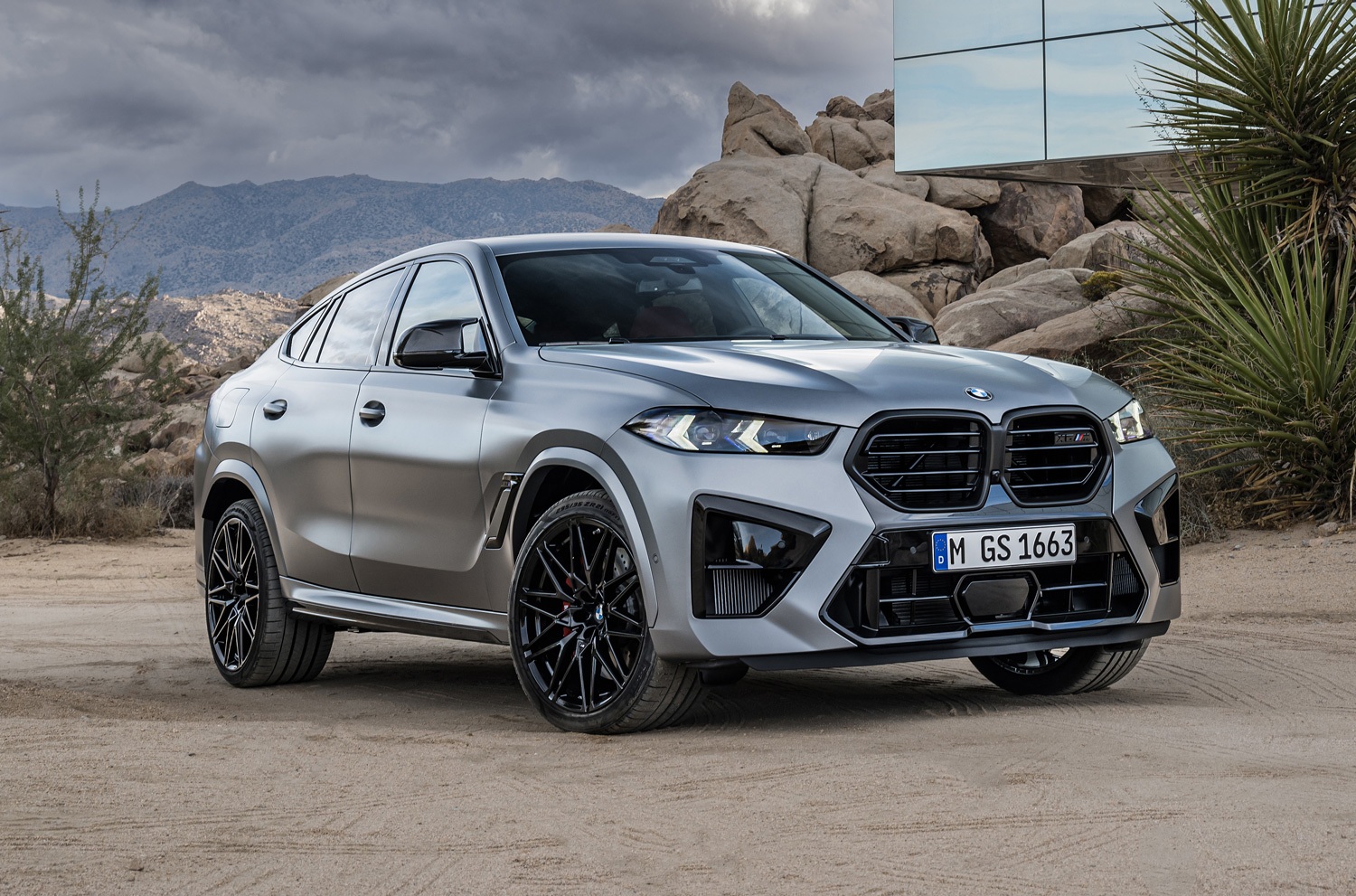When most people think of practical, cargo-friendly vehicles, the default image is almost always a pickup truck. For decades, the open bed of a pickup has symbolized utility — a go-anywhere, haul-anything solution for work or play.
Whether you’re transporting tools to a job site, hauling furniture during a move, or loading up camping gear for a weekend escape, a pickup bed offers unmatched versatility.
It’s easy to load, durable, and capable of accommodating bulky or dirty items without much concern for damage or cleanup. But as vehicle design has evolved, so too have our expectations for cargo space.
We now live in an era where SUVs, crossovers, minivans, and even wagons are all trying to carve out a slice of the utility pie, each offering their own unique take on cargo capacity and usability.
Some of these alternative cargo setups genuinely rival pickup beds, not just in raw volume, but in real-world functionality. With clever underfloor storage compartments, configurable seating, low lift-over heights, and wide cargo openings, these vehicles are challenging the idea that you need a truck to carry a lot of stuff.
Add in features like flat-folding seats, sliding floors, and power liftgates, and suddenly you have cargo spaces that are more secure, enclosed, and accessible than a traditional open bed.
In fact, for many urban dwellers or weekend adventurers who don’t need to tow or carry gravel, these SUV or van setups are simply more convenient. You get the best of both worlds: passenger comfort when you need it and expansive, smartly designed storage when you don’t.
But not all cargo areas are created equal. Some modern vehicles — especially crossovers that prioritize form over function — fall flat when it comes to usable cargo space.
While their spec sheets may boast about cubic feet behind the second row, the reality is often disappointing: awkward shapes, sloping rooflines, narrow openings, high floors, and compromised access all conspire to make hauling anything bulky an exercise in frustration.
Others suffer from overcomplicated seat-folding mechanisms or simply don’t make good use of available space. And then there are those vehicles that look like they’d be practical, with rugged styling and roof rails, but offer shockingly little utility where it actually counts.
In this article, we’re putting the spotlight on 5 vehicles (or classes of vehicles) with cargo setups that challenge the dominance of the pickup bed, and contrasting them with 5 vehicles whose cargo areas disappoint when it matters most.
This isn’t just about measuring cubic footage — it’s about how usable, flexible, and clever these cargo solutions really are in practice.
Whether you’re looking for a pickup alternative that won’t leave you longing for a tailgate or you’re trying to avoid a frustrating cargo trap disguised as a practical vehicle, this guide will walk you through the winners and the letdowns.
Because when it comes to carrying your life around — whether it’s groceries or gear — the space behind the seats can make or break your vehicle ownership experience.
Also Read: 5 Cars With Factory Batteries That Last 6+ years and 5 That Don’t Make 3
5 Cargo Setups That Rival Pickup Beds
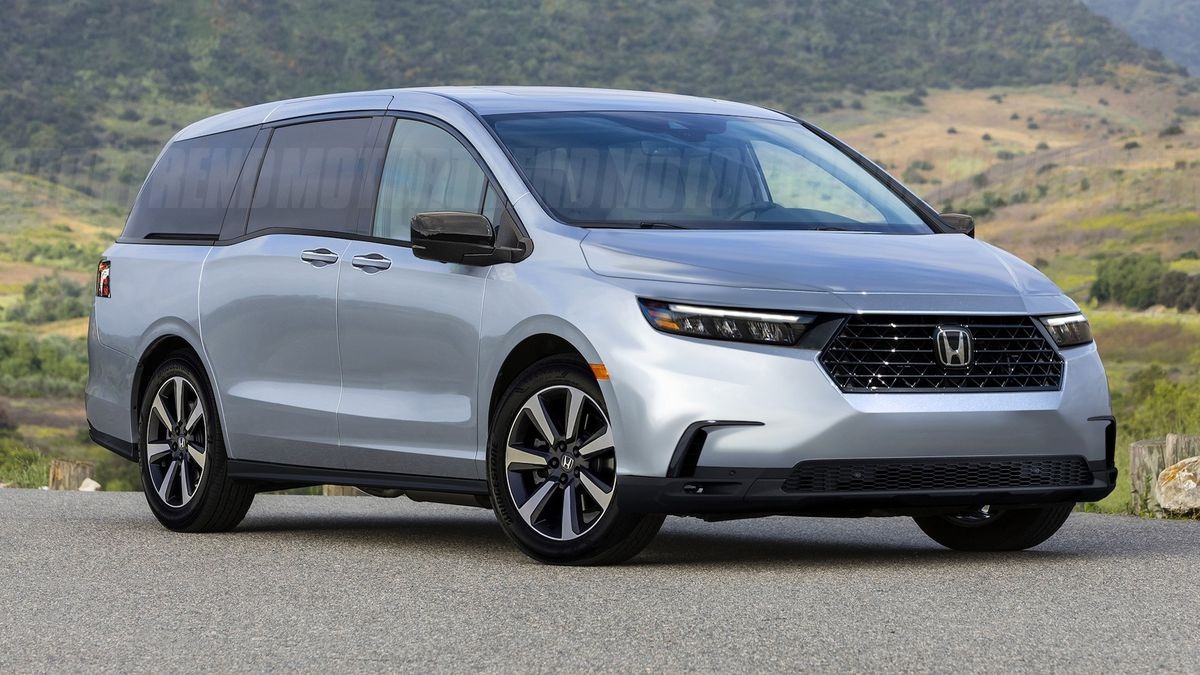
1. Honda Odyssey
Minivans often get dismissed as boring or utilitarian, but when it comes to pure cargo flexibility, the Honda Odyssey stands head and shoulders above most vehicles on the road, including pickup trucks. Its design prioritizes interior space in a way few others do.
At the heart of its cargo dominance is the ability to fold the third-row seats flat into the floor, effectively transforming the rear of the vehicle into a cavernous, flat loading zone.
The second-row seats, while not quite as quick to stow, can be removed entirely for even more room. When fully cleared out, the Odyssey offers nearly 145 cubic feet of usable cargo space — significantly more than what you’d get in even a full-size truck bed. Plus, all of that space is enclosed, protected from weather, theft, and road grime.
What truly elevates the Odyssey’s cargo setup is the design intelligence behind it. The floor is low, flat, and accessible from both the back and the side sliding doors, which makes it incredibly easy to load awkwardly shaped items like bicycles, ladders, or even full sheets of plywood.
You won’t need to lift items above waist height to get them in — something truck owners often can’t say. Honda’s Magic Slide second-row seats also add versatility when not removed.
They can shift side-to-side, allowing for more tailored space arrangements, whether you’re trying to fit three wide items or just need easier access to one side. It’s the kind of design that feels like it was created by people who haul stuff regularly.
Another often-overlooked advantage is the interior amenities that remain accessible even with the back loaded up. Need to charge a tool? There’s a power outlet. Want to keep perishable items cool on the way home from a warehouse store? There’s rear climate control.
And since it’s a minivan, visibility remains excellent, and driving dynamics don’t feel significantly hindered by a full load.
Unlike a pickup, which can bounce and jar when unloaded or feel tail-heavy when overloaded, the Odyssey remains planted and composed. Simply put, the Honda Odyssey doesn’t just match the utility of a truck — in many ways, it beats it at its own game.
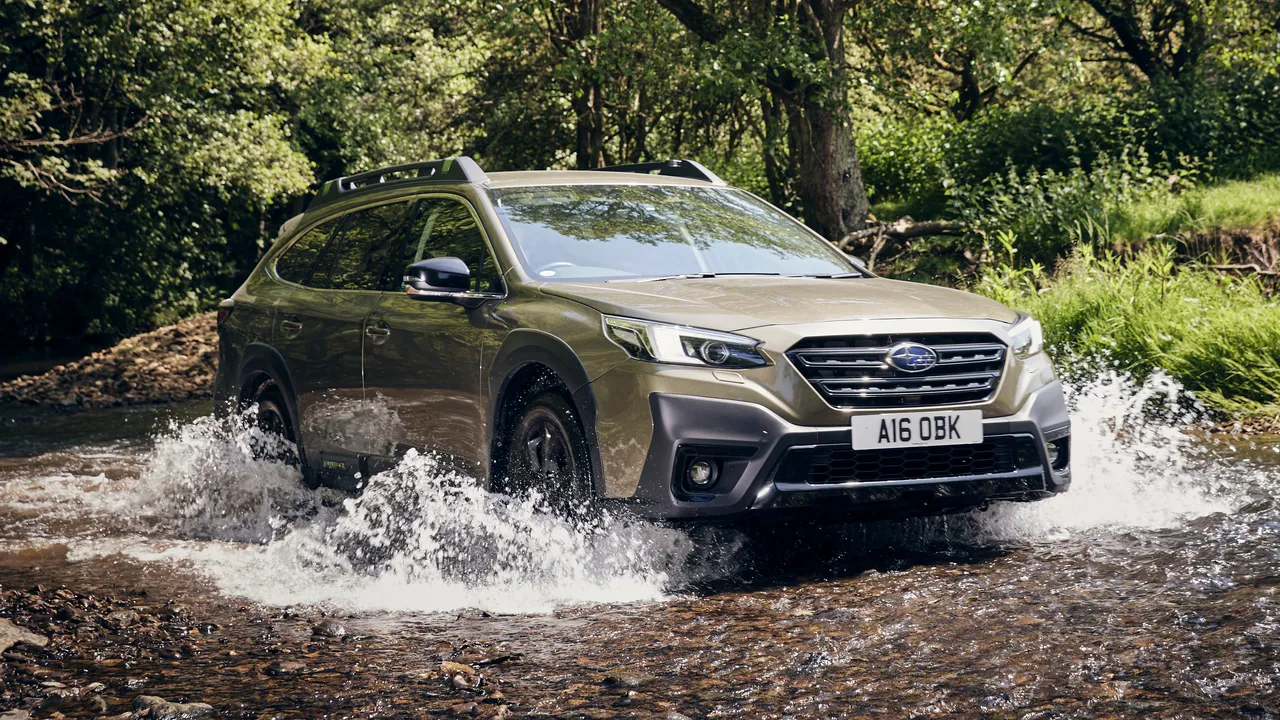
2. Subaru Outback
The Subaru Outback is one of those rare vehicles that manages to punch above its weight class in almost every category, but cargo utility is where it truly excels. While technically classified as a crossover, the Outback’s station wagon roots give it a longer, more usable cargo floor than many compact SUVs.
With the rear seats folded flat, the Outback offers up to 75.6 cubic feet of space — but it’s not just about volume. What makes this space so usable is the flat, nearly uninterrupted floor and low lift-over height. Unlike most SUVs that require you to lift gear high to get it into the back, the Outback’s load-in point is refreshingly car-like, making heavy or awkward items far easier to maneuver.
But the true brilliance of the Outback’s cargo setup lies in its balance between enclosed storage and external capability. Subaru outfits most Outbacks with integrated roof rails that double as crossbars, eliminating the need for bulky or aftermarket roof racks. This makes hauling kayaks, skis, or rooftop boxes far simpler.
And since the Outback sits lower than most trucks or SUVs, loading items onto the roof is not an Olympic-level task. This dual-tier cargo strategy — interior space plus truly useful roof real estate — allows the Outback to handle large hauls with the kind of efficiency pickup beds can’t match, especially when weather protection or security is a concern.
Beyond the physical cargo dimensions, Subaru also gets high marks for its user-oriented design. The wide-opening rear hatch, thoughtful tie-down points, available cargo liners, and underfloor compartments all contribute to a space that’s not just big but genuinely usable.
Unlike the shallow bed of a midsize pickup that often requires accessories to function fully, the Outback gives you everything right out of the box.
It’s quiet, smooth, and refined on the road, and whether you’re headed to a trailhead or making a Costco run, it transitions seamlessly between passenger hauler and cargo champion. In real-world scenarios — especially where weather or theft protection is needed — the Outback’s setup feels smarter and more versatile than an open-bed pickup.

3. Ford Transit Connect
When it comes to maximizing interior cargo volume in a relatively small footprint, few vehicles come close to what the Ford Transit Connect offers. Though often overlooked by personal buyers, this compact commercial van is a secret weapon for anyone who needs serious utility in city-friendly dimensions.
The long-wheelbase version offers over 120 cubic feet of cargo space — all of it accessed via tall, dual rear barn doors and a low, flat floor.
Unlike a pickup, the Transit Connect’s storage space is not only protected from the elements but tall enough to allow many users to stand up inside. That means it can double as a mobile workshop, gear hauler, or delivery van with minimal modifications.
What makes the Transit Connect especially compelling as a pickup alternative is its adaptability. The interior can be configured in multiple ways: fully empty for raw cargo volume, equipped with racks and shelves for organized storage, or with fold-flat passenger seats for a hybrid role.
It’s this flexibility that gives it a leg up over a traditional truck bed, which often requires add-ons like bed caps or boxes to offer the same level of protection and security. And with sliding side doors, accessing your gear — even in tight spaces — is far easier than trying to reach over the high walls of a truck bed.
From a driving perspective, the Transit Connect is surprisingly manageable. It handles more like a compact SUV than a commercial van, making it easy to maneuver through traffic or back into loading zones. Fuel efficiency is far better than any full-size truck, and maintenance costs are typically lower.
For tradespeople, artists, delivery drivers, or even adventurous families who don’t want to haul gear in the open, the Transit Connect proves that function sometimes really does beat form. It may not look like much, but for real-world cargo usability, it’s one of the most effective setups on the road.
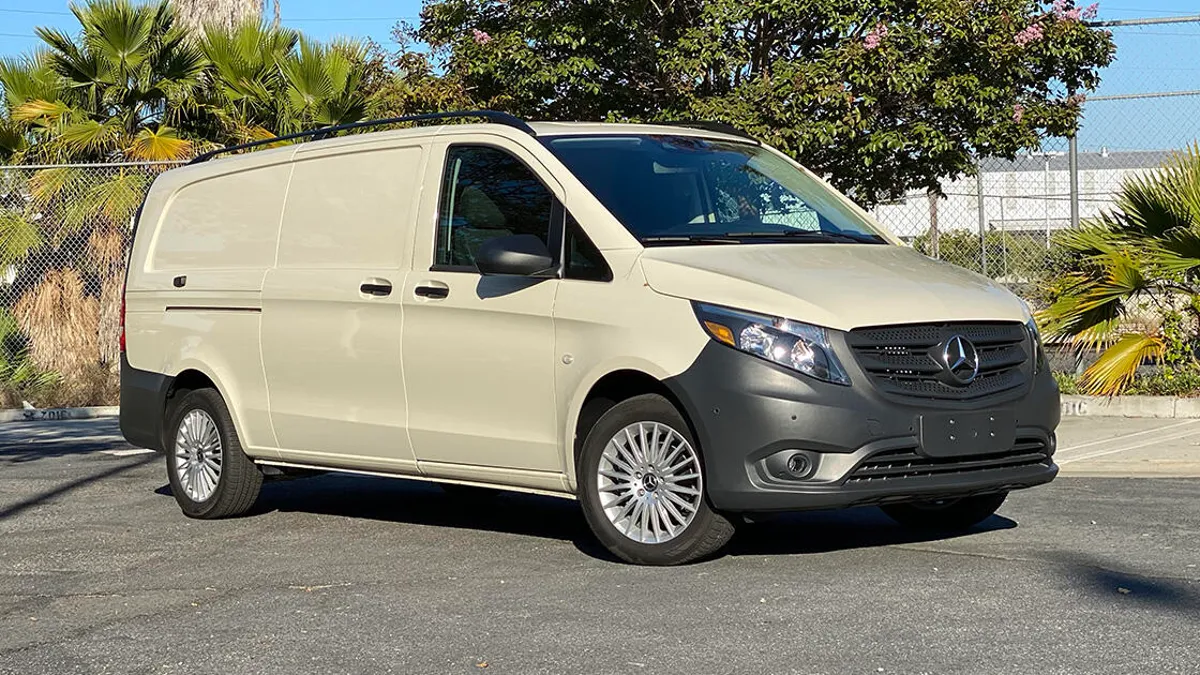
4. Mercedes-Benz Metris
The Mercedes-Benz Metris is another compact van that should be on the radar of anyone looking for a cargo solution that competes directly with pickup beds. Slightly larger than the Ford Transit Connect but smaller than the full-size Sprinter, the Metris provides an impressive blend of space, accessibility, and utility.
The Metris offers a generous 186 cubic feet of cargo space in its extended version, which is more than enough to rival even the beds of some full-size pickups. What sets the Metris apart is its ability to cater to a wide variety of commercial and personal cargo needs.
Whether you’re transporting construction materials, a mobile kitchen setup, or sports equipment, the Metris can handle it all, and it does so in a more refined, secure, and enclosed way than a pickup truck.
One of the key advantages of the Metris is its thoughtful design. The low floor height allows for easy loading of heavy or bulky items without requiring significant lifting.
The sliding side doors are a standout feature, as they offer great accessibility in tight spaces or busy urban environments, something that a pickup truck can rarely offer without an awkward reach over the side rails.
In addition, the Metris comes equipped with plenty of tie-down points and even optional shelving systems, giving you the flexibility to keep your cargo organized and secure. Whether you’re a contractor who needs to keep tools in place or a family heading out for a road trip with lots of gear, the Metris’ versatile cargo area offers an advantage over traditional trucks with open beds.
Furthermore, the Metris’ solid, commercial-grade build means it’s engineered for durability, ensuring that your cargo is protected from the elements and potential damage. Unlike a pickup, which often requires additional accessories to offer the same level of security, the Metris is built with ample room for a variety of cargo types, all while maintaining a clean, professional appearance.
While the Metris is primarily designed for commercial use, its practicality and user-friendly features make it an excellent alternative for individuals who need an enclosed space with plenty of cargo flexibility, making it an ideal pickup alternative for those seeking convenience, security, and a high level of function in one vehicle.

5. Tesla Model X
When you think of Tesla, cargo space probably isn’t the first thing that comes to mind. However, the Model X, Tesla’s flagship SUV, breaks the mold when it comes to both passenger comfort and cargo potential.
Unlike most electric vehicles that tend to sacrifice storage space in favor of sleek, minimalist designs, the Model X excels at offering both practicality and cutting-edge technology.
With up to 88 cubic feet of cargo space when the second and third rows are folded down, it’s not quite on par with the cavernous cargo holds of a pickup, but it does offer comparable — and often superior — versatility.
The large trunk and the under-floor storage compartment (which houses the batteries) can easily accommodate bulky items, and Tesla’s unique “frunk” (front trunk) provides additional cargo capacity without compromising passenger space.
What truly sets the Model X apart in terms of cargo usability is its advanced features and space efficiency. The Model X’s rear seats are independently foldable, allowing you to configure the space to accommodate various load types, whether you need to fit long, flat items like furniture or tall cargo like sporting equipment.
The large rear hatch opens wide, offering easy access to the cargo area, while the low load height means you don’t have to struggle lifting heavy items up into the vehicle.
Thanks to the electric powertrain, the Model X doesn’t sacrifice the ride quality and efficiency that come with traditional SUVs or crossovers, ensuring that even when the cargo area is fully loaded, the driving experience remains smooth and composed.
Moreover, the Tesla Model X brings something to the table that even pickup trucks sometimes can’t match — a truly luxurious cargo area.
The quality of materials and build is premium, and the cabin remains quiet and composed even with a heavy load. Plus, the Tesla ecosystem adds convenience with its advanced infotainment system, navigation tools, and features like a powered liftgate.
If you’re looking to haul a lot of items but don’t want to deal with an open bed, the Model X offers an upscale, practical, and environmentally conscious solution that rivals pickup trucks in many ways. It’s not just a “family SUV”; it’s a versatile hauler that combines the future of electric transportation with real-world utility.
5 Cargo Setups That Disappoint

1. Chevrolet Camaro
The Chevrolet Camaro is a performance-oriented sports car that delivers thrills on the open road with its powerful engine options and aggressive styling. However, when it comes to cargo capacity, the Camaro falls short of expectations.
Despite being a relatively large coupe, its trunk is tiny, offering a mere 9.1 cubic feet of space, which is less than what you’d find in a compact sedan.
This limited space is further exacerbated by the car’s narrow opening, making it difficult to load larger or more awkwardly shaped items. While the Camaro excels in speed, handling, and style, it is not a vehicle built with hauling practicality in mind.
The design of the trunk itself presents another challenge. The rear seats do not fold flat, meaning there’s no way to extend the cargo area to accommodate larger items. The shallow depth and high lip of the trunk also make it awkward to load heavy or bulky objects, requiring more effort to maneuver them in and out.
For anyone planning to use the Camaro for everyday tasks that involve carrying luggage, groceries, or sports gear, the limited cargo capacity becomes an undeniable inconvenience. It’s a car designed for enthusiasts who care more about performance than practicality, which means that its cargo space is an afterthought.
Furthermore, even if you manage to fit your items in the trunk, the lack of any significant storage space within the cabin or elsewhere in the vehicle only compounds the problem.
For drivers who occasionally need to haul extra gear or are looking for a vehicle that balances both fun and functionality, the Camaro’s cargo setup simply doesn’t cut it.
While it’s a dream to drive on twisty roads or at high speeds, using it as a daily driver for practical purposes in traffic or during a move is nothing short of disappointing. It’s a reminder that, sometimes, a car’s sleek performance comes at the expense of everyday usability.
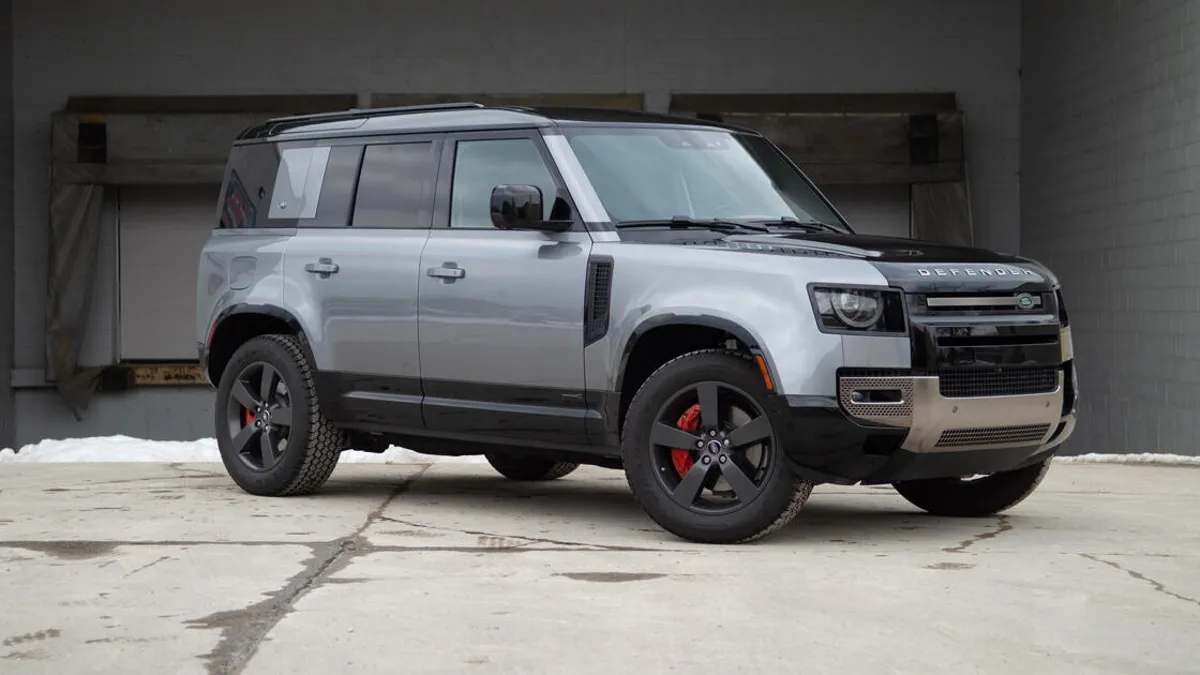
2. Land Rover Defender 110
The Land Rover Defender 110 is widely regarded as one of the most capable off-road vehicles in the world. Its rugged build, incredible ground clearance, and advanced four-wheel-drive systems make it a top choice for adventurers, outdoor enthusiasts, and anyone seeking a vehicle that can handle extreme conditions.
However, despite its tough exterior and large footprint, the Defender 110 falls short when it comes to providing ample cargo space. With just 34 cubic feet of storage behind the second row of seats, it’s significantly less than what you would expect from a vehicle that’s marketed as a go-anywhere, carry-anything kind of machine.
The problem lies in the design — the high floor height and relatively narrow width of the rear cargo area make it challenging to load bulky items. The Defender’s squared-off shape gives the illusion of more space, but the design doesn’t take full advantage of the vehicle’s large proportions.
Even with the rear seats folded flat, the cargo area remains relatively shallow, limiting the types of gear that can be comfortably carried. This is a glaring flaw for those who envision the Defender as a versatile overland vehicle for extended trips or outdoor excursions where gear is a necessity.
Moreover, the lack of thoughtful features like underfloor storage or easy-to-access tie-down points means that the cargo area can quickly become disorganized. For a vehicle built to carry adventure gear, the Defender 110’s cargo setup doesn’t feel as intuitive as it should be.
When compared to other off-road-oriented vehicles, like the Jeep Wrangler, which offers better cargo room and flexibility, the Defender’s storage capabilities leave much to be desired.
While it’s an outstanding vehicle for its off-road performance, the Defender 110 fails to impress when it comes to cargo usability, especially when you consider that its competitors offer more practical setups at similar price points.

3. BMW X6
The BMW X6 is a luxury crossover that blends sleek design with high-end performance, but its cargo space is far from impressive. With a sloping roofline that sacrifices rear headroom, the X6’s cargo area also takes a hit in terms of volume.
Offering just 27.4 cubic feet of space behind the rear seats, the X6 is outclassed by many other luxury SUVs, even those within the same brand. The rear hatch opening is narrower and lower than what you’d expect from an SUV in this class, which makes loading larger or more awkward items difficult.
The design of the rear seats also presents limitations. While they do fold flat, the angle of the seatbacks doesn’t create a completely level loading floor, meaning some gaps make it harder to slide in longer or bulkier items.
And because of the rearward slope of the roof, taller cargo simply won’t fit, forcing drivers to make tough choices about what they can and cannot carry.
This is a major downside for a vehicle that’s supposed to offer both luxury and versatility. The combination of limited space, inefficient design, and the inability to carry larger loads means the X6 fails to live up to the expectations of customers who might be looking for a vehicle that combines style with functionality.
For those seeking a practical luxury SUV, the X6 often feels more concerned with form than function. While its driving dynamics, interior quality, and aesthetic appeal are undeniable, the cargo area falls short of the versatility seen in competitors like the Audi Q7 or Mercedes-Benz GLE.
In the case of the X6, the sacrifice of cargo space for the sake of design ends up disappointing anyone looking to use the SUV for anything beyond casual grocery runs or weekend trips. For daily drivers who need to carry large or varied cargo loads, this lack of practical storage is a significant downside.

4. Audi Q8
The Audi Q8, like the BMW X6, offers a combination of luxury, performance, and design, but its cargo space doesn’t match its high-end appeal. Offering only 27.2 cubic feet of storage with the rear seats up, the Q8 falls short compared to other luxury SUVs that offer more spacious and accessible cargo areas.
The sloping roofline, while contributing to the vehicle’s stylish design, compromises the amount of usable space in the rear. This layout makes the Q8 less practical for those looking to haul larger or bulkier items, as the cargo area is shallow, and the rear opening is narrow and higher than it should be.
Additionally, while the rear seats fold flat to increase cargo capacity, they don’t create a completely level loading floor, making it difficult to slide heavy or long items in without some maneuvering. The relatively high load height also means that heavy bags, boxes, or gear can be cumbersome to load and unload.
These limitations in cargo space and accessibility are particularly frustrating given the Q8’s price tag and luxury positioning. Drivers looking for a vehicle that balances high performance with the ability to carry substantial cargo may find themselves disappointed by the Q8’s cargo setup.
When compared to rivals like the BMW X5 or Mercedes-Benz GLE, the Audi Q8’s cargo space feels less generous and less thoughtfully designed. For a luxury SUV, cargo flexibility is crucial, and in this regard, the Q8 doesn’t live up to its high expectations.
The lack of usable storage space, combined with the vehicle’s design choices that prioritize style over function, makes the Q8 an option that’s more about looks than practicality for families or individuals who need to haul substantial gear regularly.
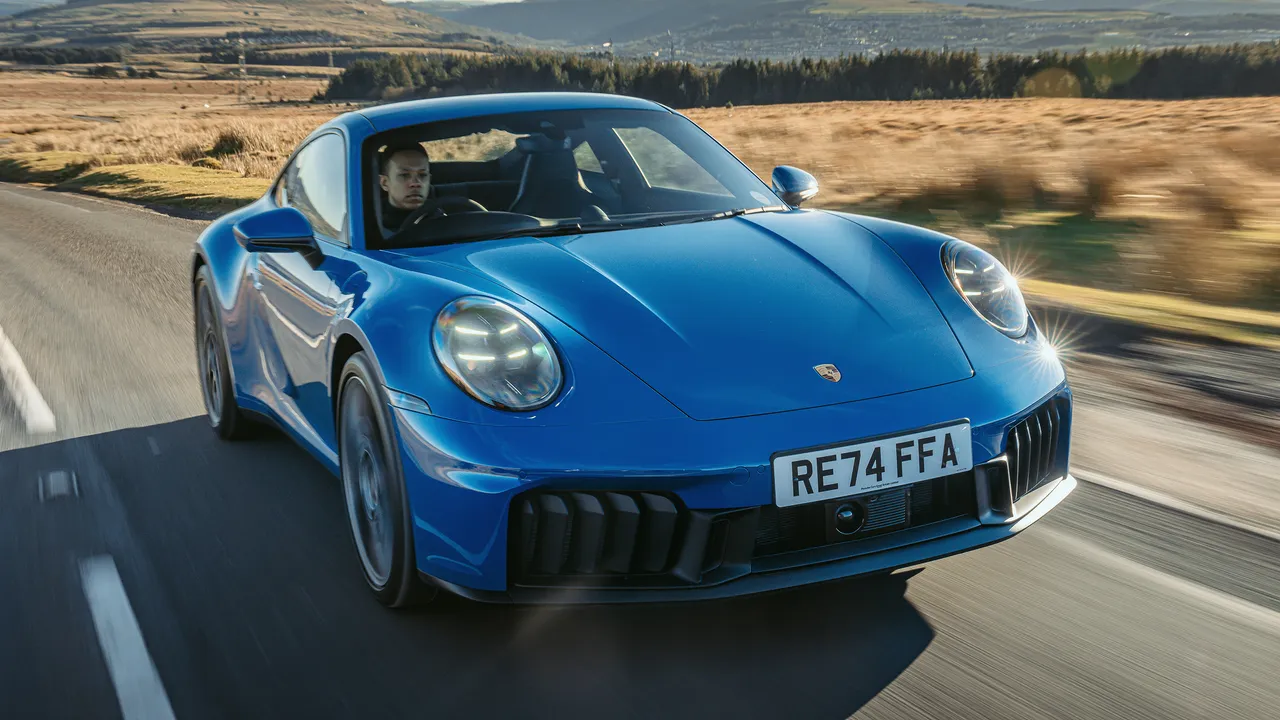
5. Porsche 911
The Porsche 911 is an iconic sports car, beloved for its precision handling, raw performance, and unmistakable design. However, when it comes to cargo space, the 911 leaves much to be desired.
Despite its size and impressive engineering, the 911 has a rear trunk that offers just 4.6 cubic feet of space — barely enough for a few weekend bags, let alone anything larger.
The front trunk, or “frunk,” offers another 5.3 cubic feet, which can accommodate a small carry-on or a couple of soft bags, but that’s the extent of its practicality. It’s clear that Porsche designed this car with performance in mind, not cargo versatility, and this becomes evident when you attempt to load anything other than small, light items into the car.
Moreover, the 911’s trunk openings are narrow and constrained, making it difficult to load larger or bulkier items. Even if you manage to squeeze them in, there’s little room for anything more than a few essentials. The rear seats are completely unusable for cargo, as they’re designed solely for aesthetics and don’t fold or provide any additional space.
This means that the 911 is primarily a two-seater with very limited storage options, making it a poor choice for anyone who needs a practical vehicle for transporting anything substantial.
For a car that’s designed for driving enthusiasts, the Porsche 911 excels in nearly every aspect of performance. But when it comes to being a vehicle that can handle the practical demands of everyday life — from grocery runs to road trips — it’s a clear disappointment. The 911 is a car for those who value driving above all else, but it’s hardly an option for anyone seeking a versatile cargo solution.
Also Read: 5 Cars That Feel Planted At 80 MPH And 5 That Float Or Wobble
When it comes to hauling gear, supplies, or tools, the classic pickup truck bed has long been the gold standard. However, innovation in vehicle design has introduced a wide range of alternative cargo setups that attempt to match—or even surpass—the utility of a traditional pickup.
Through examining five setups that rival the classic pickup bed and five that fall short, one thing becomes clear: not all cargo solutions are created equal, and choosing the right one depends heavily on your specific needs.
Among the standout alternatives, full-size SUVs with fold-flat rear seating, commercial vans with modular storage systems, and mid-size trucks with built-in bed storage demonstrate that versatility and thoughtful design can go a long way.
These setups often offer enhanced security for gear, better protection from the elements, and modularity that allows for both passengers and cargo to coexist.
Tonneau covers and truck bed caps further elevate the classic pickup bed by combining open-bed capacity with the added benefit of enclosed protection, making them strong contenders in this space.
Additionally, utility trailers equipped with custom storage compartments offer a surprising level of flexibility, especially for those who don’t want to invest in a full-size truck but still require serious hauling capabilities.
Conversely, some setups promise utility but falter in practice. Crossovers with minimal trunk space and high load floors often look good on paper but can’t match the rugged practicality of a pickup bed. Similarly, compact hatchbacks—while economical—fail to deliver the volume or durability needed for heavy-duty transport.
The short beds of lifestyle trucks, like the Honda Ridgeline or Hyundai Santa Cruz, also land in the “disappointing” column when it comes to serious cargo work, despite offering some smart storage features.
Bed extenders can be helpful in a pinch, but they are rarely a substitute for actual load space. Finally, underfloor storage compartments in SUVs, while clever, are often too small or awkwardly shaped to be truly useful beyond niche needs.
Ultimately, the effectiveness of any cargo setup depends on its alignment with user needs. Those transporting construction materials, outdoor gear, or work tools may find that certain alternatives—like a commercial van or utility trailer—offer superior security and organization.
Meanwhile, weekend warriors or urban dwellers might prioritize versatility and ease of use over raw volume or payload capacity. The best setups are those that anticipate a wide range of scenarios and offer adaptable, durable solutions without compromising safety or efficiency.
In conclusion, while the pickup truck bed remains a tried-and-true staple, several rival cargo configurations offer compelling advantages, especially when tailored to specific lifestyles or professions. However, there are also plenty of setups that look innovative but ultimately disappoint due to limited capacity, awkward design, or lack of ruggedness.
As vehicle options continue to evolve, consumers have more choices than ever before, but understanding the trade-offs is key to making the right investment. Whether you’re hauling gear for work, play, or both, being informed about what works—and what doesn’t—can save you time, money, and frustration.

